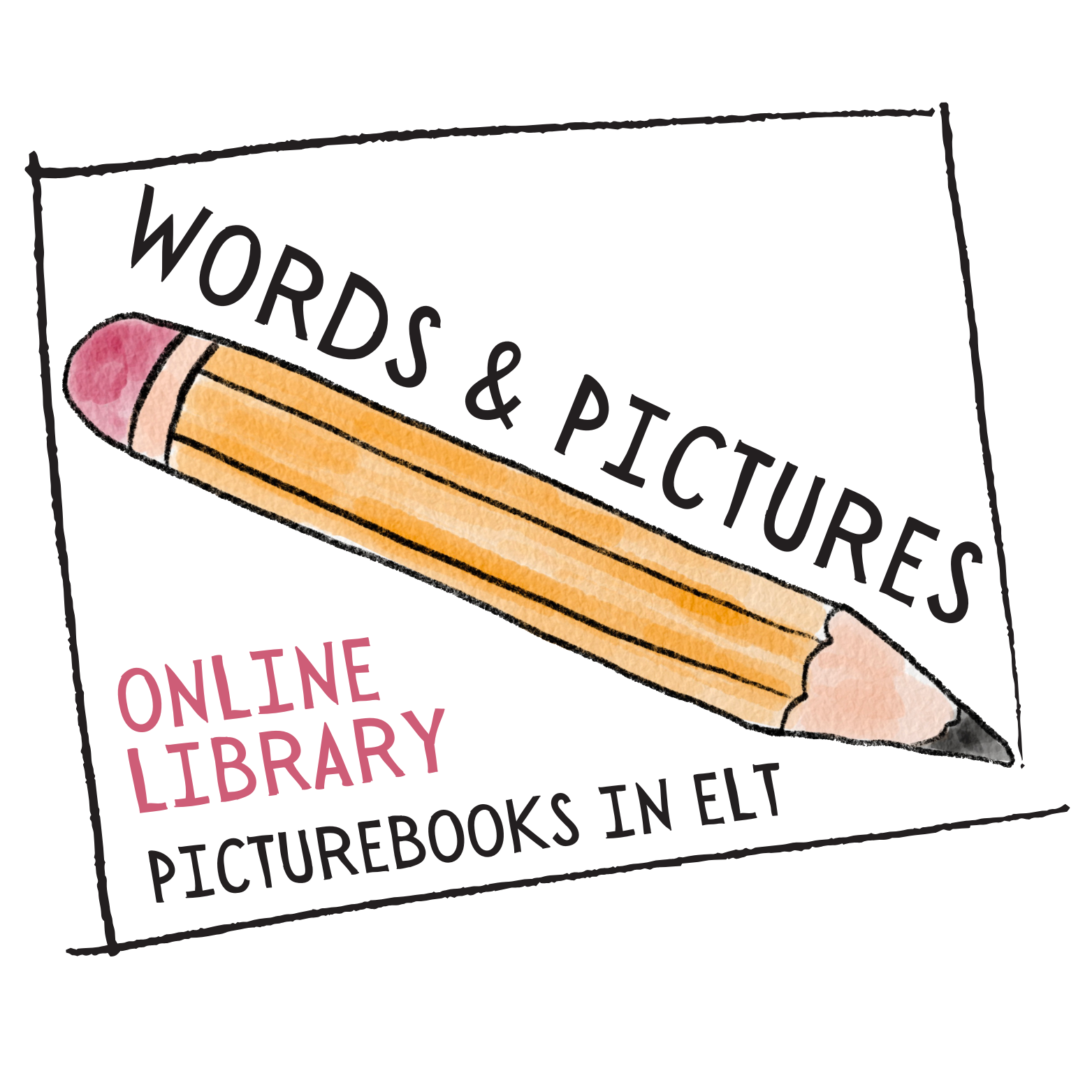Read More
Picturebooks operate on many levels satisfying learners of different ages and at different stages in their English language learning and so provide a flexible resource. They are widely used with pre-primary and primary aged children and to a lesser extent with secondary aged learners and adult learners. However, the picturebook is often underrated and misunderstood as something simple for children but it is, in fact, a complex object and a powerful way to introduce learners to socially relevant themes.
Picturebooks introduce learners to English in a natural and authentic way as the language is not sequenced or graded thereby providing exposure to rich, authentic language and a natural and meaningful context for language use. It is this fusion of the best in trade publishing and age-appropriate picturebook-based ELT pedagogy that makes a high quality flexible and motivating approach to language teaching and learning and brings multimodal representation into the classroom offering an innovative and enriching experience for learners of all ages.Read More
Within the field of English language education, picturebooks offer varied educational benefits in addition to language benefits enabling the teacher to embrace their wider professional remit and attain broader educational goals. Picturebooks can be used to:
• Link to subjects across the curriculum (also referred to as CLIL – content and language integrated learning) • Reinforce conceptual development • Support literacy development • Contribute to cognitive development and metacognition • Develop intercultural competence and global citizenship education • Develop multiliteracies including visual and emotional literacy • Develop critical literacy In addition, picturebooks: • Enable teachers and learners to discover a world where learning moves beyond the classroom. • Provide ‘mirrors, windows, and sliding glass doors’ (Sims Bishop 1990) where learners see themselves reflected, windows to see other worlds, real or imagined, familiar or strange and sliding doors, for them to walk through. • Allow diversity themes to be integrated into the ELT classroom (including age, gender and sexual orientation, racism and ethnicity, disability, religion and belief, social class and multilingualism) as well as promote values such as kindness, tolerance, openness, friendship, etc. • Help learners develop a critical stance towards the world they live in. • Give teachers the confidence to address topics which may not appear in their mainstream course materials.Read More
Bishop R. S. (1990). Mirrors, windows, and sliding glass doors. Perspectives, 6(3), ix–xi.
Ellis, G. & Brewster, J. (2014). Tell it Again! The Storytelling Handbook for Primary English Language Teachers. British Council.


